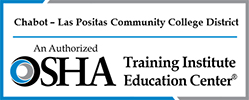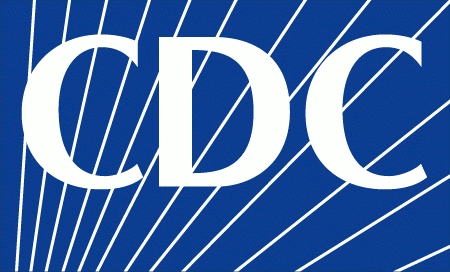The CDC has created a Table of Workplace Controls to help prevent the spread of COVID-19 in the workplace. The most effective controls are those that rely on engineering solutions, followed by administrative controls, then PPE. PPE is the least effective control method and the most difficult to implement. Worksites may have to implement multiple complementary controls to effectively control the COVID-19 hazard.
Engineering
Monitor facilities and equipment by:
- Assessing job hazards for feasibility of engineering controls
- Ensuring ventilation and water systems operate properly
- Altering workspaces to maintain social distancing
Administrative
Screening
- Temperature and symptom screening
- Testing for SARS-CoV-2, the virus that causes COVID-19
Management and Communications
- Monitor state and local public health communications about COVID-19
- Encourage sick workers to report symptoms, stay home, and follow CDC guidance
- Develop strategies to manage worker concerns and communicate with workers
Cleaning and Disinfection
- Clean and disinfect frequently touched surfaces, (e.g., counters, shelving, displays)
- Provide employees with disposable disinfectant wipes, cleaner or sprays
Provide employees with training on:
- Policies to reduce the spread of SARS-CoV-2
- General hygiene
- Masks and social distancing
- Safe work practices
Personal Protective Equipment (PPE)
Implement a PPE program by:
- Conducting a workplace hazard assessment
- Determining what PPE is needed for workers’ specific job duties
- Selecting and providing appropriate PPE to workers at no cost

